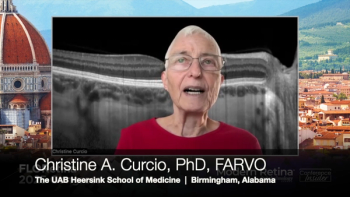
Diabetic retinopathy affects nearly all young patients with type 1 diabetes
One in three young Danish patients with type 1 diabetes mellitus progressed to proliferative diabetic retinopathy, and two in three had 2-step progression despite their young age, according to study results recently published in the November 2013 issue of Acta Diabetologica. In addition, these researchers from Denmark found that after 30-years? duration of diabetes, the presence of diabetic retinopathy was almost universal.
One in three young Danish patients with type 1 diabetes mellitus progressed to proliferative diabetic retinopathy, and two in three had 2-step progression despite their young age, according to study results recently published in Acta Diabetologica. In addition, these researchers from Denmark found that after 30-years' duration of diabetes, the presence of diabetic retinopathy was almost universal.
From 1987 to 1989, these researchers identified a paediatric cohort of children that included approximately 75% of all children in Denmark with type 1 diabetes
In 1995, mean patient age was 21.0 years, and mean duration of diabetes was 13.5 years. The 16-year incidence of proliferative retinopathy was 31.0%, 2-step progression was 64.4% and 2-step regression of diabetic retinopathy was 0.0%. The incidence of diabetic retinopathy was 95.1%.
Upon multivariate logistic regression modelling, progression to proliferative diabetic retinopathy was significantly associated with HbA1c levels in 1995 (OR: 2.61 per 1% increase, 95% CI: 1.85-3.68) and diastolic BP of 1995 (OR: 1.79 per 10 mmHg increase, 95% CI: 1.04-3.07). Two-step progression of diabetic retinopathy was associated with male gender (OR: 2.37 versus female, 95% CI: 1.07-5.27), 1995 HbA1c (OR: 3.02per 1% increase, 95% CI: 2.04-4.48), and 1995 vibration perception threshold (OR: 1.19 per 1 volt increase, 95% CI: 1.02-1.40).
To access these data, click
Newsletter
Get the essential updates shaping the future of pharma manufacturing and compliance—subscribe today to Pharmaceutical Technology and never miss a breakthrough.









































